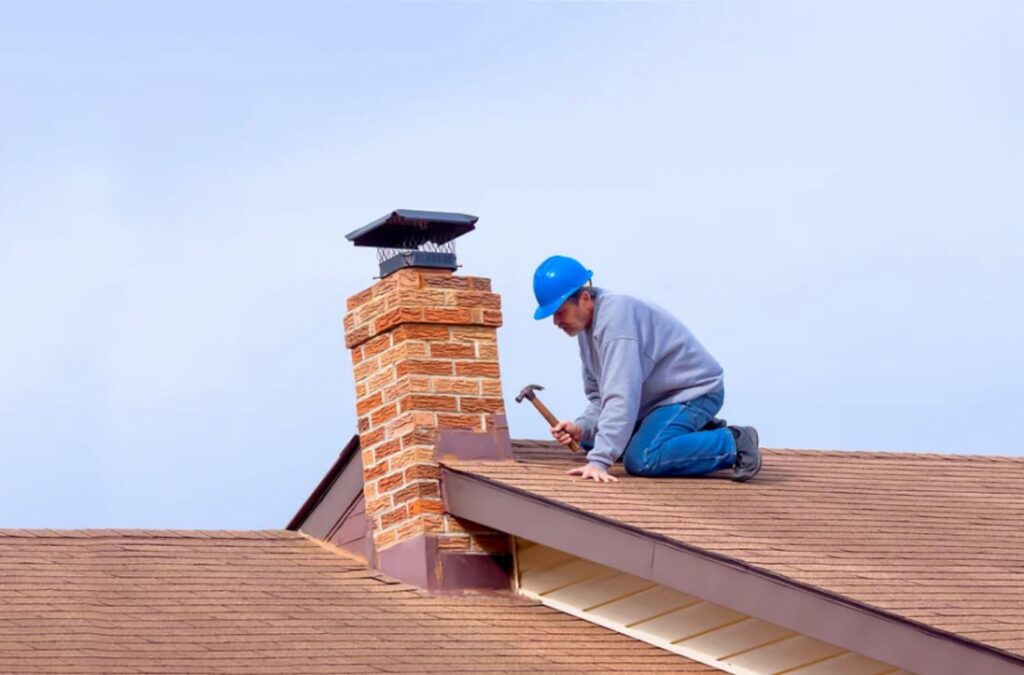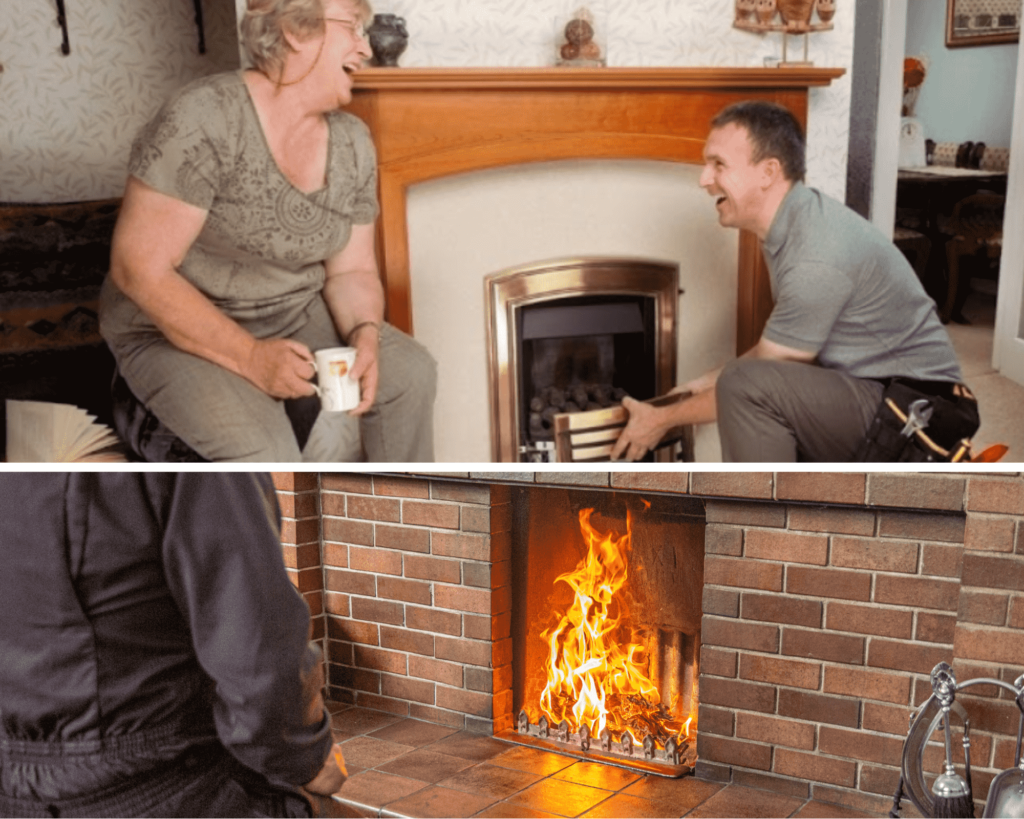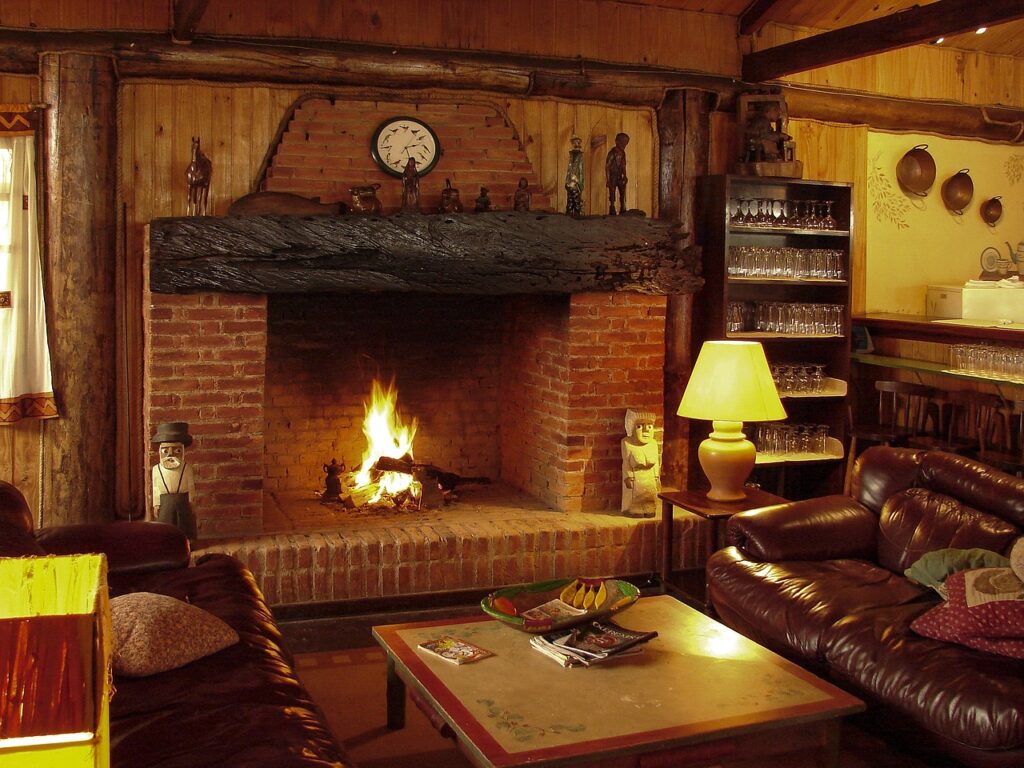Brick fireplaces are known for their timeless appeal and durability. Over time, however, wear and tear can cause bricks to loosen or mortar joints to degrade. Properly bonding a brick to a fireplace mortar joint is essential to maintain structural integrity and restore the fireplace’s appearance. This guide explains the step-by-step process, highlighting key techniques and considerations for a successful repair. Let’s go over how to bond a brick to a fireplace mortar joint.

Understanding the Importance of Proper Bonding
The bond between a brick and mortar joint is critical for the stability and safety of a fireplace. Mortar acts as the glue, holding bricks in place while allowing for slight thermal expansion during heating. Over time, exposure to heat, moisture, and use can weaken the mortar, making repairs necessary to ensure the fireplace remains safe and functional.
Bonding bricks effectively also preserves the aesthetic appeal of a fireplace, ensuring that the structure continues to enhance the home’s interior. This process requires precision, the right materials, and attention to detail to achieve a durable and seamless result.
Preparing for the Repair
Before beginning the bonding process, it is essential to gather tools and assess the condition of the fireplace. Proper preparation ensures a smooth repair and reduces the likelihood of further issues.
Assessing the Damage
Start by inspecting the fireplace to identify any loose or missing bricks and the condition of the mortar joints. If the mortar is crumbling or missing entirely, it will need to be removed and replaced. Check for any signs of structural issues, such as cracks in the surrounding masonry, which may require professional evaluation.
Gathering Materials and Tools
The materials required for bonding bricks include masonry mortar mix, water, and replacement bricks (if necessary). Tools such as a trowel, pointing tool, chisel, hammer, and wire brush are also essential. Having a bucket for mixing mortar and safety gear, such as gloves and goggles, is crucial for a safe and efficient process.

Removing the Damaged Mortar
The first step in bonding a brick to a fireplace mortar joint is removing the old, damaged mortar. This step is critical for creating a clean surface that allows the new mortar to adhere effectively.
Cleaning the Joints
Using a hammer and chisel, carefully chip away the damaged mortar from the joint. Be gentle to avoid damaging adjacent bricks. A wire brush can be used to remove any remaining debris, ensuring a clean and smooth surface.
Preparing the Brick
If the brick being replaced is damaged, remove it entirely and clean the surrounding area. For loose bricks, clean the surface of the brick itself to remove old mortar and ensure it is free of dust and debris.
Mixing the Mortar
Properly mixed mortar is essential for a strong bond. Follow the manufacturer’s instructions to achieve the right consistency, which should be similar to peanut butter—thick enough to hold its shape but pliable enough to spread easily.
Use a trowel to mix the mortar thoroughly in a bucket, ensuring there are no lumps. If the mortar is too dry, add small amounts of water incrementally. Conversely, if it is too wet, incorporate more dry mortar mix.
Applying the Mortar
Once the mortar is prepared, it’s time to apply it to the joints and bond the brick. This step requires precision to ensure a secure and lasting bond.
Filling the Joints
Using a trowel, apply a layer of mortar to the cleaned mortar joint. Spread the mortar evenly, filling the joint to a depth that allows the brick to sit flush with the surrounding surface.
Buttering the Brick
Before placing the brick, apply a layer of mortar (known as buttering) to its sides and bottom. This step ensures maximum contact between the brick and the mortar joint, creating a strong bond.
Setting the Brick
Carefully position the brick into the mortar joint, pressing firmly to embed it in the mortar. Use a level to ensure the brick is aligned with the surrounding masonry. Gently tap the brick with a hammer or rubber mallet to secure it in place.
Wipe away any excess mortar that squeezes out during this process using a trowel or damp cloth. Smooth the joints with a pointing tool for a polished finish.

Allowing the Mortar to Cure
Curing is a critical step that ensures the mortar achieves its full strength. After setting the brick, allow the mortar to dry undisturbed for at least 24 hours. Avoid exposing the area to moisture during this time, as it can weaken the bond.
For optimal results, mist the repaired area lightly with water during the curing process, especially in dry or hot conditions. This helps prevent the mortar from drying too quickly, which can lead to cracking.
Ensuring Long-Term Durability
To prolong the life of the repaired mortar joint and brick, consider sealing the fireplace with a masonry sealer. This adds an extra layer of protection against moisture, dirt, and wear.
Regular maintenance, including periodic inspections and cleaning, can also help prevent future damage and preserve the integrity of the fireplace.
When to Seek Professional Help
While bonding a brick to a fireplace mortar joint can often be accomplished as a DIY project, certain situations may require professional assistance. Extensive damage, structural issues, or intricate repairs are best handled by experienced professionals to ensure safety and quality.
Conclusion
Bonding a brick to a fireplace mortar joint is an essential skill for maintaining the appearance and functionality of your fireplace. With the right materials, tools, and techniques, homeowners can restore their fireplaces and enjoy a safe, warm environment. For homeowners in Northeast Ohio, Green & Clean Home Services provides expert fireplace repair and maintenance to ensure lasting results and peace of mind. We hope this helps you understand how to bond a brick to a fireplace mortar joint.


